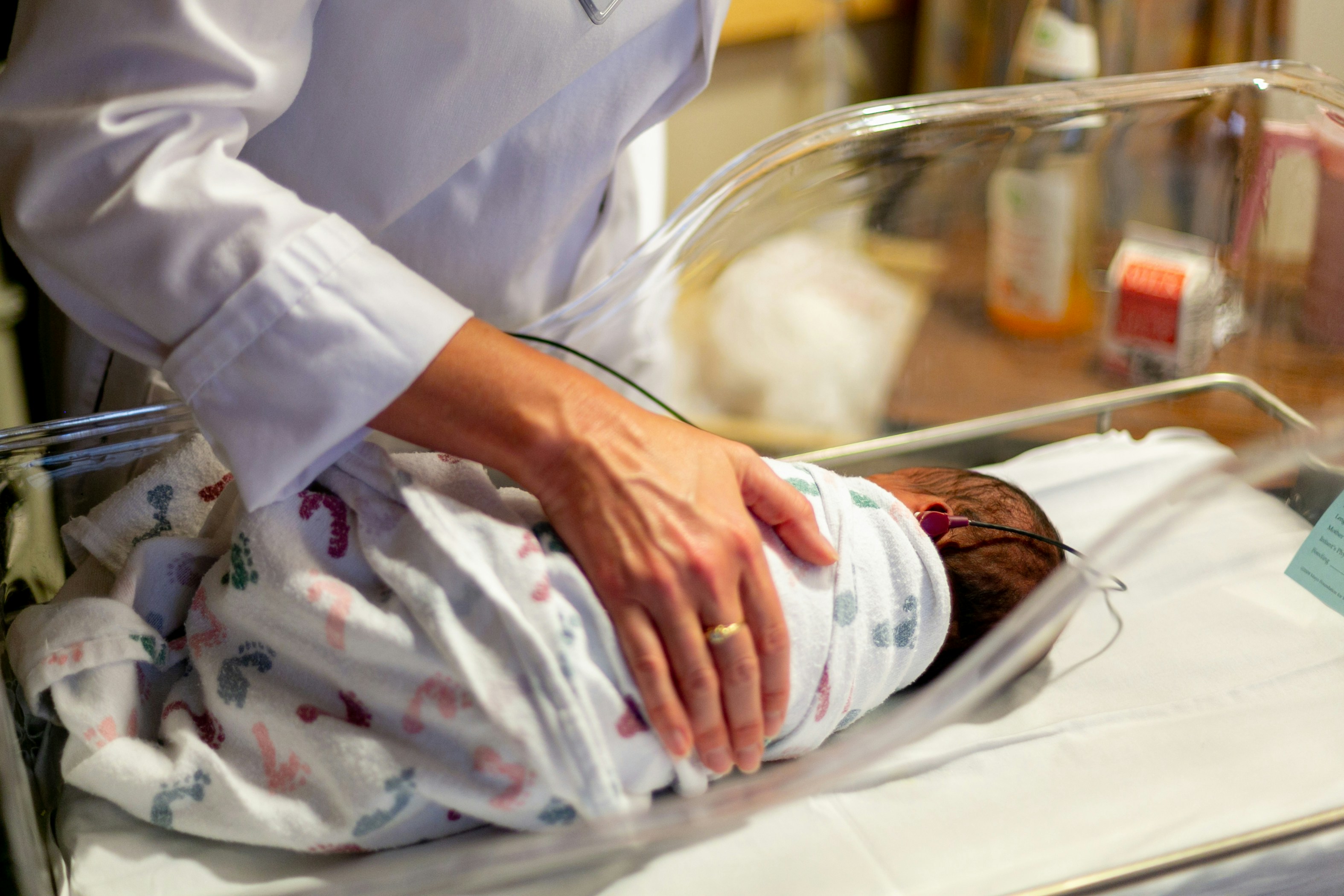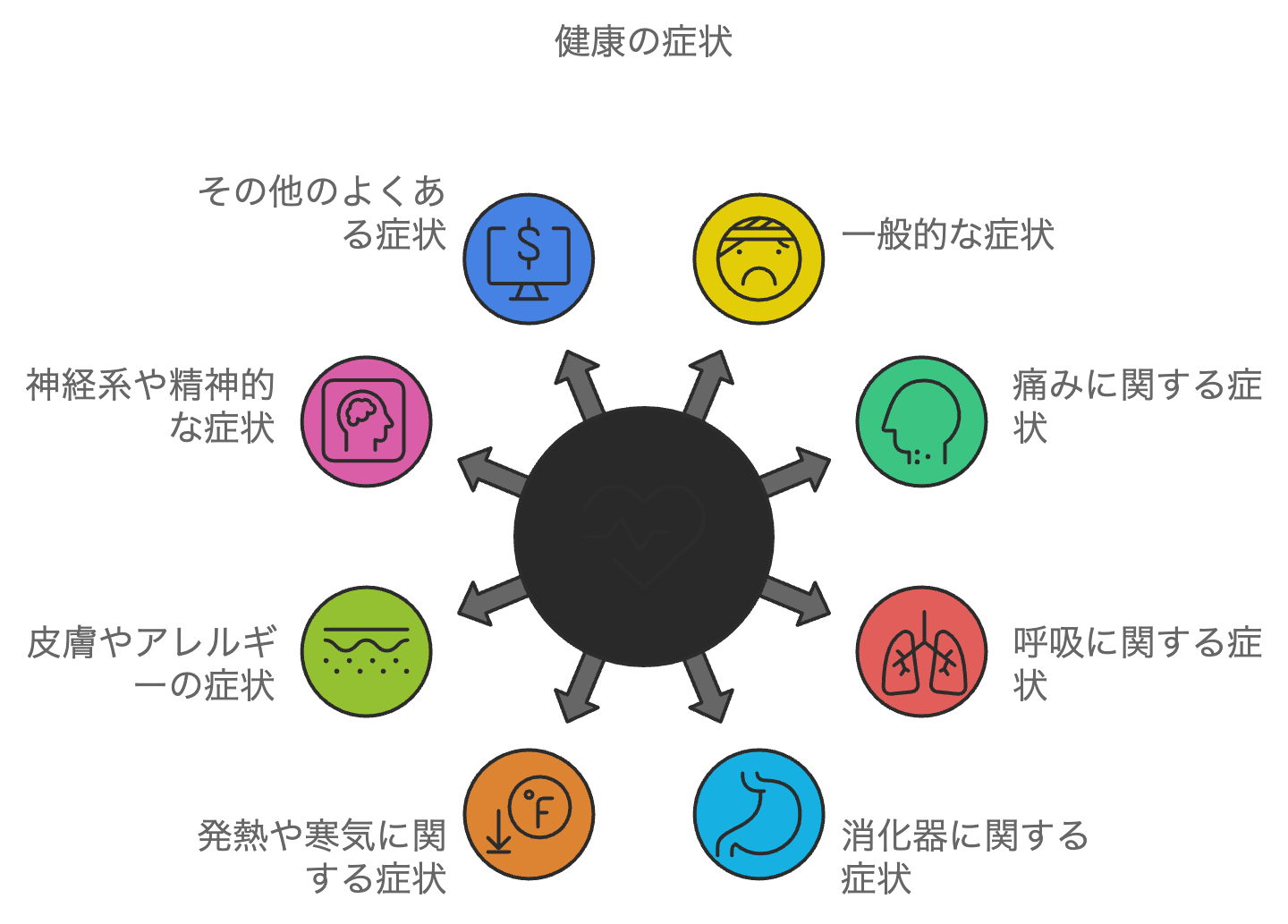血液内科における多発性骨髄腫に関する会話例と英語フレーズ
**多発性骨髄腫(Multiple Myeloma)**は、骨髄で異常な形質細胞が増殖し、健康な血液細胞の生産を阻害する血液がんの一種です。この疾患は、骨痛、貧血、感染症、腎不全などの症状を引き起こすことがあります。
この記事では、多発性骨髄腫に関する診察時の会話例と、それに関連する英語表現を紹介します。
患者の設定
- 名前: Hiroshi Tanaka (63歳、男性)
- 職業: 退職者
- 主な症状: 骨の痛み、疲労感、頻繁な感染症、体重減少。
- 既往歴: 特記事項なし
- 生活習慣: 定期的な運動をしていたが、最近骨の痛みがひどく、活動が制限されている。
1. 初診での問診と症状の確認
会話例: 多発性骨髄腫の疑いでの問診
Doctor: “Good afternoon, Mr. Tanaka. I understand you’ve been feeling tired and experiencing pain in your bones. Have you also noticed any weight loss or more frequent infections recently?”
日本語訳: 「こんにちは、田中さん。最近、疲労感と骨の痛みを感じていると伺いましたが、体重の減少や感染症にかかりやすくなっていることに気づきましたか?」
Patient: “Yes, I’ve lost about 4 kilograms over the past few months, and I’ve had a couple of infections recently. My back and ribs hurt a lot, especially when I move.”
日本語訳: 「はい、ここ数ヶ月で4キロほど体重が減り、最近は感染症にもかかりました。特に動いたときに背中や肋骨がとても痛いです。」
2. 疾患の説明とリスク
会話例: 多発性骨髄腫の説明
Doctor: “It’s possible that you have multiple myeloma, which is a type of cancer that affects the plasma cells in your bone marrow. This can lead to symptoms like bone pain, fatigue, and an increased risk of infections, as the abnormal cells interfere with your body’s ability to produce healthy blood cells.”
日本語訳: 「多発性骨髄腫の可能性があります。これは、骨髄の形質細胞に影響を与えるがんの一種です。この病気は、骨の痛みや疲労感、そして感染症のリスクが増加するなどの症状を引き起こす可能性があります。異常な細胞が健康な血液細胞の生成を妨げるからです。」
Patient: “Is it serious? What kind of tests do I need to confirm this?”
日本語訳: 「それは深刻ですか?これを確認するためにどんな検査が必要ですか?」
Doctor: “Multiple myeloma is a serious condition, but it can be treated. We’ll need to perform a blood test to check for abnormal proteins produced by the cancerous cells, and we may also need to do a bone marrow biopsy to examine the cells in your bone marrow.”
日本語訳: 「多発性骨髄腫は深刻な病気ですが、治療可能です。まず、がん細胞が作り出す異常なタンパク質を確認するための血液検査を行い、場合によっては、骨髄生検で骨髄の細胞を調べる必要があります。」
3. 検査と診断
会話例: 血液検査や骨髄生検の説明
Doctor: “We’ll perform a blood test to measure your levels of M protein, which is produced by the abnormal plasma cells in multiple myeloma. If the levels are elevated, we’ll do a bone marrow biopsy to examine your bone marrow cells under a microscope.”
日本語訳: 「多発性骨髄腫では、異常な形質細胞によって作られるMタンパクのレベルを測定するために、まず血液検査を行います。もしそのレベルが高ければ、骨髄生検を行い、顕微鏡で骨髄細胞を調べます。」
Patient: “What exactly is a bone marrow biopsy? Will it hurt?”
日本語訳: 「骨髄生検とは具体的にどんな検査ですか?痛みはありますか?」
Doctor: “A bone marrow biopsy involves taking a small sample of bone marrow from your hip bone using a needle. We’ll use local anesthesia, so you might feel some pressure, but it shouldn’t be too painful. This test will help us confirm the diagnosis.”
日本語訳: 「骨髄生検は、通常腰骨から針を使って骨髄の小さなサンプルを採取する検査です。局所麻酔を使用するため、少し圧迫感を感じるかもしれませんが、それほど痛くはないはずです。この検査により、診断を確認できます。」
4. 診断結果と治療法の説明
会話例: 多発性骨髄腫の治療法の説明
Doctor: “If the tests confirm multiple myeloma, we’ll start treatment right away. The main treatment is chemotherapy, which uses drugs to target the cancerous plasma cells. In some cases, we may also recommend a stem cell transplant to replace the damaged bone marrow.”
日本語訳: 「検査で多発性骨髄腫が確認された場合、すぐに治療を開始します。主な治療法は化学療法で、これはがん化した形質細胞を標的にする薬を使用します。場合によっては、損傷した骨髄を幹細胞移植で置き換えることもあります。」
Patient: “How long does chemotherapy take, and what are the side effects?”
日本語訳: 「化学療法はどのくらいの期間かかりますか?また、副作用はありますか?」
Doctor: “Chemotherapy is usually given in cycles over several months. The side effects can include nausea, fatigue, and hair loss, but we’ll monitor your condition closely and provide medications to help manage these side effects.”
日本語訳: 「化学療法は通常、数か月にわたってサイクルで行われます。副作用としては、吐き気、疲労感、脱毛などがありますが、状態を慎重に監視し、これらの副作用を管理するための薬を処方します。」
5. 生活習慣とフォローアップ
会話例: 治療中の生活習慣のアドバイス
Doctor: “During chemotherapy, it’s important to maintain a balanced diet and stay as active as possible. You should also avoid contact with people who are sick, as your immune system will be weaker. We’ll schedule regular follow-up visits to monitor your progress.”
日本語訳: 「化学療法中は、バランスの取れた食事を維持し、できるだけ活動的でいることが大切です。また、免疫力が低下するため、風邪をひいている人との接触は避けてください。定期的なフォローアップの診察もスケジュールします。」
Patient: “Will I need to take any other medications during chemotherapy?”
日本語訳: 「化学療法中に他の薬を飲む必要はありますか?」
Doctor: “Yes, we’ll likely prescribe medications to help prevent infections and manage nausea. It’s also important to stay hydrated and rest when needed. We’ll provide detailed instructions on how to take care of yourself during treatment.”
日本語訳: 「はい、感染症予防や吐き気を抑える薬を処方することがあります。また、水分補給をしっかり行い、必要に応じて休むことも大切です。治療中にどう自分をケアするか、詳細な指示をお渡しします。」
学習ポイント
- 症状の確認: 多発性骨髄腫に関連する症状を確認するためのフレーズを学びます。例: “Have you noticed any bone pain, fatigue, or frequent infections?“(骨の痛み、疲労感、または感染症が頻繁に起こっていませんか?)
- 検査の説明: 多発性骨髄腫の診断に必要な検査を説明するフレーズを学びます。例: “We’ll perform a blood test to check for M protein and a bone marrow biopsy to examine your bone marrow cells.“(Mタンパクを確認するための血液検査を行い、骨髄細胞を調べるための骨髄生検も行います。)
- 治療法の説明: 多発性骨髄腫の治療法を説明するフレーズを学びます。例: “Chemotherapy is the main treatment, and in some cases, a stem cell transplant may be needed to replace the damaged bone marrow.“(主な治療法は化学療法で、場合によっては幹細胞移植が必要になることもあります。)
- 生活習慣のアドバイス: 治療中の生活習慣についての表現を学びます。例: “It’s important to avoid contact with sick people during chemotherapy, as your immune system will be weaker.“(化学療法中は免疫力が低下するため、風邪をひいている人との接触を避けることが重要です。)
関連キーワード: 多発性骨髄腫, 化学療法, 骨髄生検, Mタンパク, 幹細胞移植, 英語会話例, 外国人対応




